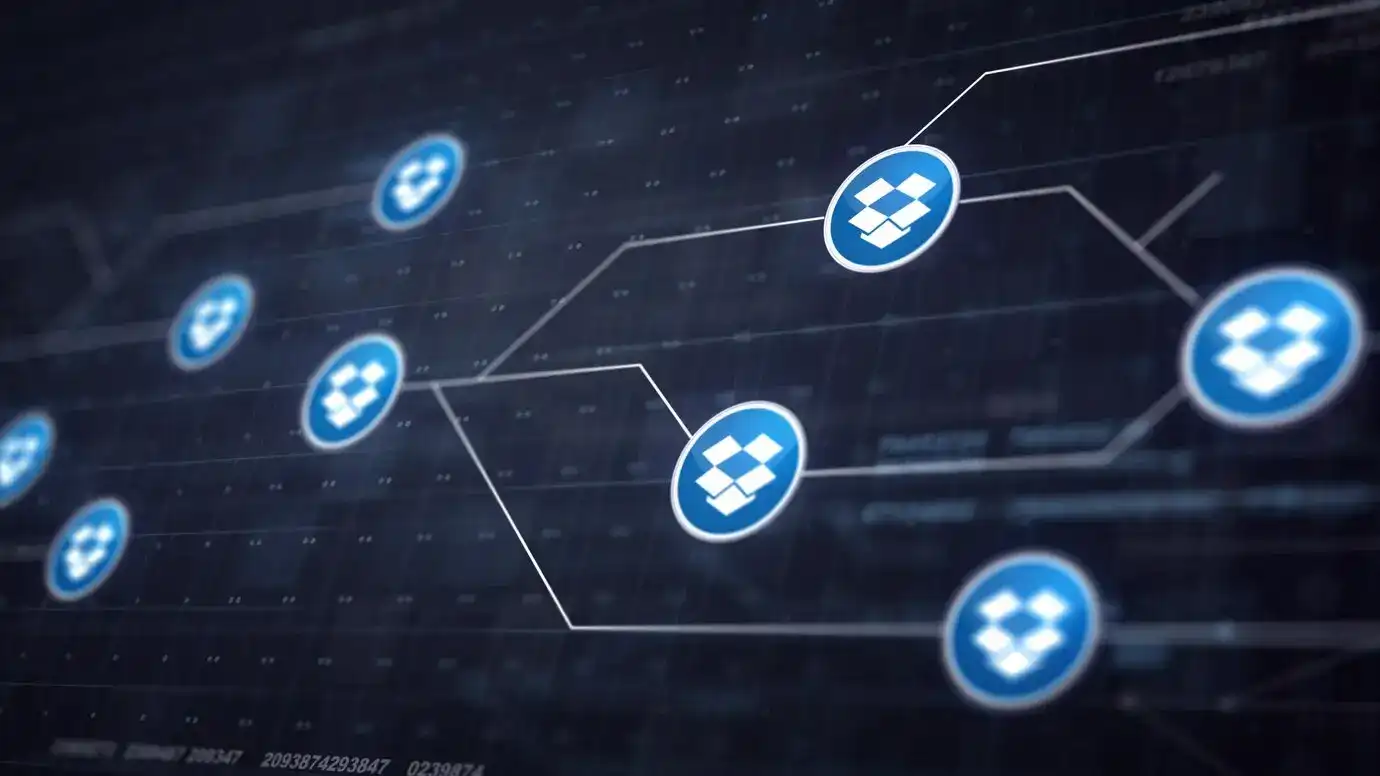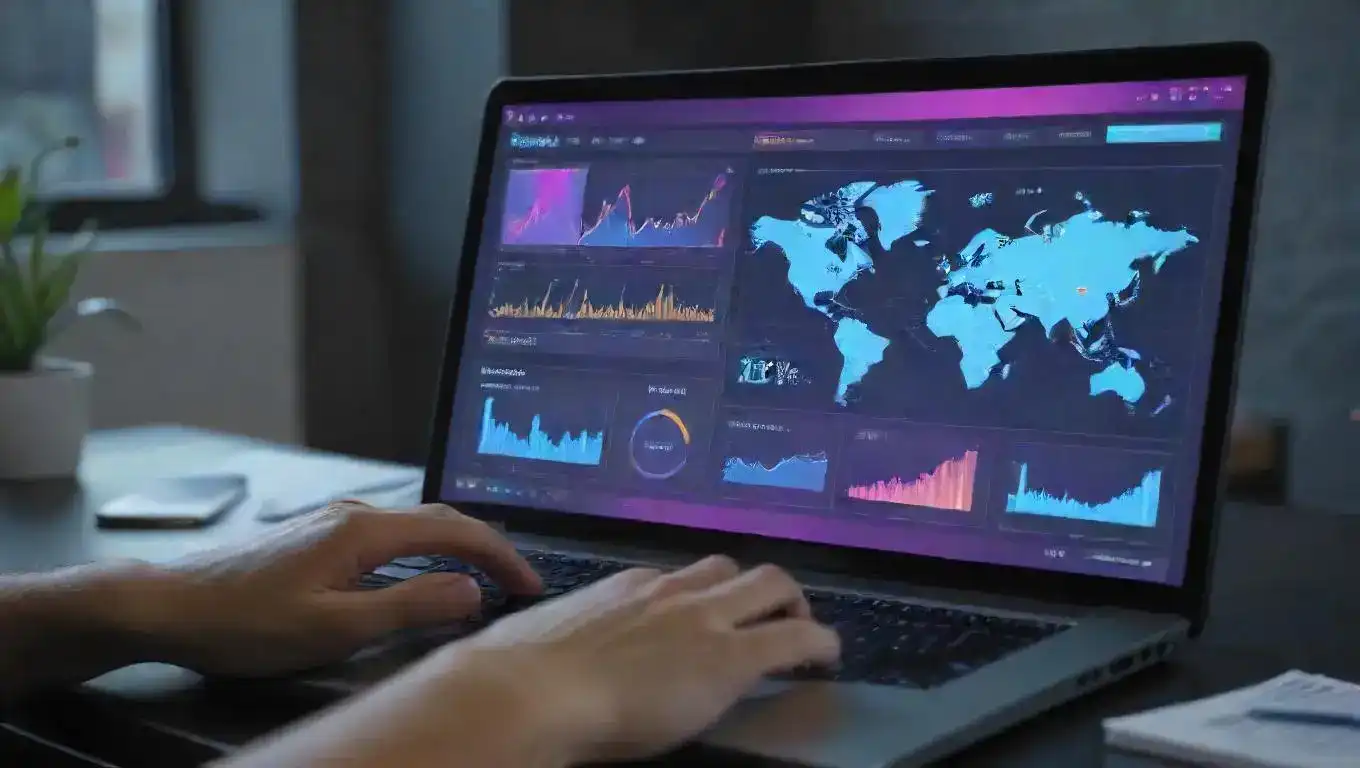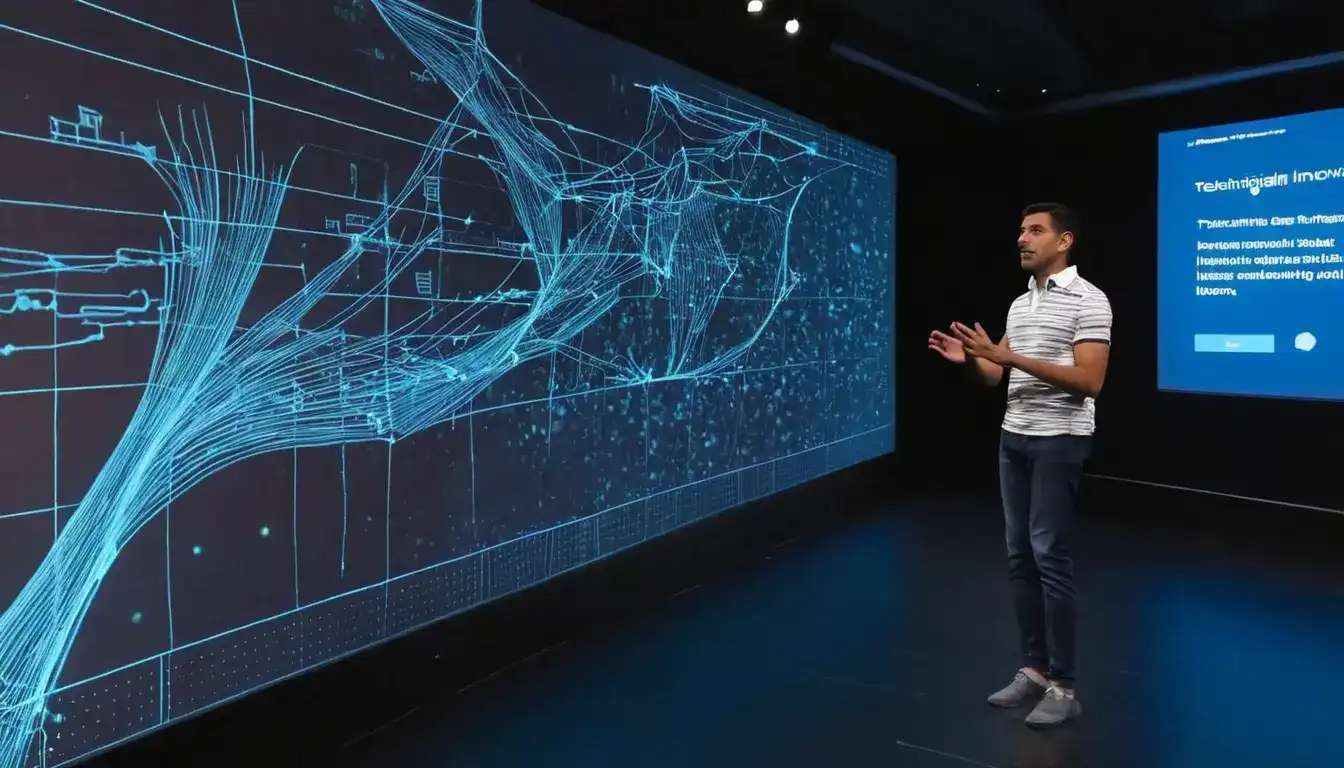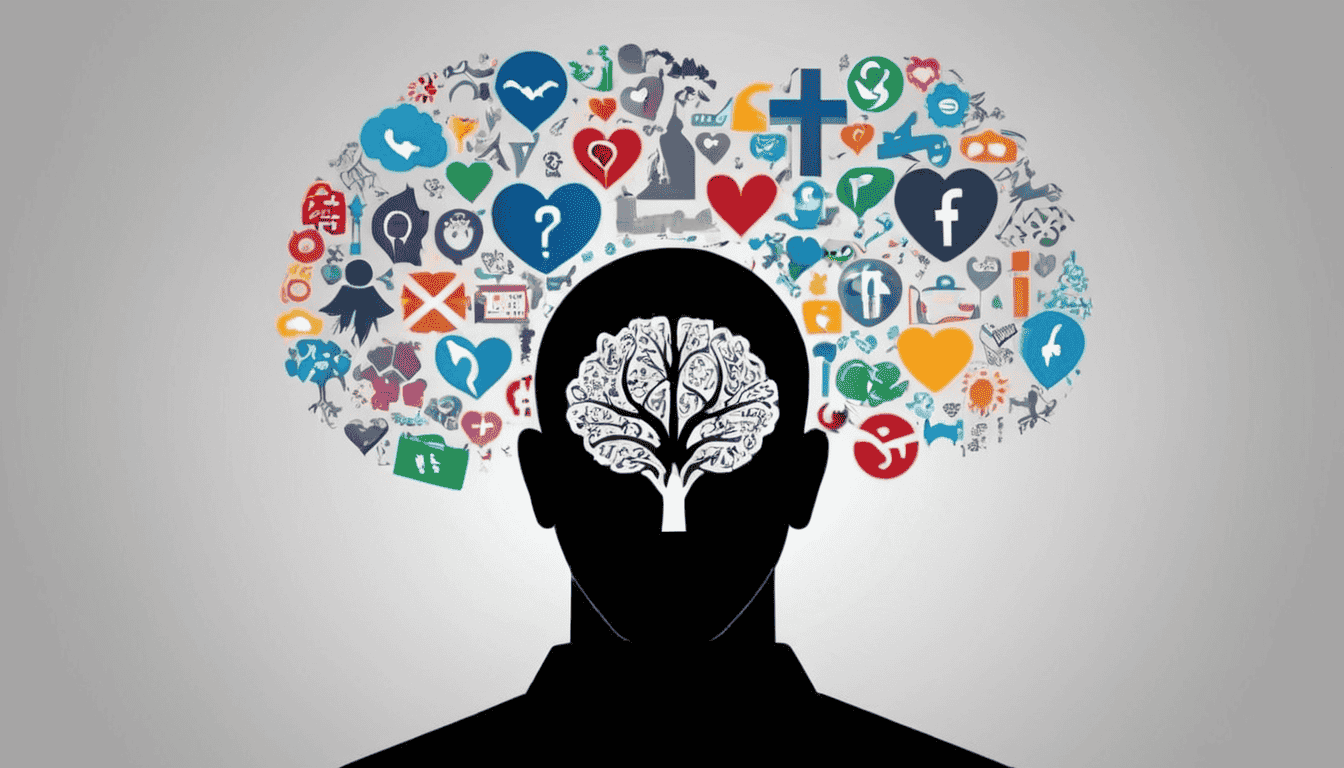The Most Common Types of Cybersecurity Threats
Emily Willis

Photo: The Most Common Types of Cybersecurity Threats
In today’s digital age, cybersecurity threats are becoming increasingly sophisticated and frequent. Businesses and individuals alike need to be aware of these threats to protect their sensitive information and maintain their privacy. Understanding the most common types of cybersecurity threats is the first step in safeguarding against them. This article will explore various threats in a manner that is easy to understand and provides practical advice on how to stay safe.
1. Phishing Attacks
Phishing attacks are one of the most prevalent cybersecurity threats. They involve tricking individuals into providing sensitive information such as usernames, passwords, and credit card details by pretending to be a trustworthy entity. This often happens through emails that look legitimate but are actually fraudulent.
How to Protect Yourself:
- Always verify the sender's email address.
- Avoid clicking on links or downloading attachments from unknown sources.
- Use email filtering tools to detect and block phishing attempts.
2. Malware
Malware, short for malicious software, includes viruses, worms, trojans, ransomware, and spyware. These malicious programs can damage or disable computers, steal data, and perform other harmful activities.
Common Types of Malware:
- Viruses: Attach themselves to legitimate programs and spread when these programs are executed.
- Worms: Spread across networks by exploiting security vulnerabilities.
- Trojans: Disguise themselves as harmless software but carry out malicious activities once installed.
- Ransomware: Encrypts data and demands payment for the decryption key.
- Spyware: Secretly monitors user activity and collects personal information.
How to Protect Yourself:
- Keep your operating system and software up to date.
- Use reputable antivirus and anti-malware programs.
- Avoid downloading software from untrusted sources.
3. Man-in-the-Middle (MitM) Attacks
In a Man-in-the-Middle attack, a cybercriminal intercepts the communication between two parties to steal or manipulate data. This type of attack often occurs over unsecured Wi-Fi networks.
How to Protect Yourself:
- Use encrypted connections (HTTPS) for online activities.
- Avoid using public Wi-Fi for sensitive transactions.
- Employ virtual private networks (VPNs) to secure your internet connection.
4. Denial-of-Service (DoS) Attacks
Denial-of-Service attacks aim to make a website or online service unavailable by overwhelming it with a flood of internet traffic. Distributed Denial-of-Service (DDoS) attacks are a more severe form, involving multiple compromised systems to launch the attack.
How to Protect Yourself:
- Use network security tools to detect and mitigate attacks.
- Implement redundancy and failover strategies to maintain service availability.
- Employ rate limiting to control the amount of traffic to your servers.
5. SQL Injection
SQL Injection attacks target web applications by inserting malicious SQL code into query fields. This can result in unauthorized access to databases, allowing attackers to view, modify, or delete data.
How to Protect Yourself:
- Use parameterized queries to prevent injection attacks.
- Employ web application firewalls to detect and block malicious requests.
- Regularly update and patch your database management systems.
6. Password Attacks
Password attacks involve attempts to obtain or crack user passwords. Common methods include brute force attacks, where attackers use trial and error to guess passwords, and credential stuffing, where attackers use stolen login credentials from one service to access another.
How to Protect Yourself:
- Use strong, unique passwords for each account.
- Enable two-factor authentication (2FA) for an extra layer of security.
- Regularly update your passwords and avoid using easily guessable information.
7. Insider Threats
Insider threats come from individuals within an organization, such as employees or contractors, who misuse their access to steal information or cause harm. These threats can be intentional or unintentional.
How to Protect Yourself:
- Implement strict access controls and monitor user activity.
- Provide regular cybersecurity training to employees.
- Establish clear policies and procedures for handling sensitive information.
8. Zero-Day Exploits
Zero-day exploits target vulnerabilities in software that are unknown to the software vendor and have not yet been patched. These exploits are particularly dangerous because they take advantage of security flaws before they can be addressed.
How to Protect Yourself:
- Keep all software and systems up to date with the latest security patches.
- Use intrusion detection systems to identify and respond to unusual activity.
- Participate in bug bounty programs to identify and fix vulnerabilities proactively.
9. Social Engineering
Social engineering attacks manipulate individuals into revealing confidential information or performing actions that compromise security. This can involve phone calls, emails, or in-person interactions.
How to Protect Yourself:
- Be cautious about sharing personal information.
- Verify the identity of individuals requesting sensitive information.
- Educate employees about common social engineering tactics and how to recognize them.
10. IoT Vulnerabilities
The Internet of Things (IoT) refers to the network of connected devices such as smart home appliances, wearable technology, and industrial sensors. These devices often have weak security measures, making them attractive targets for cybercriminals.
How to Protect Yourself:
- Change default passwords on all IoT devices.
- Regularly update device firmware to fix security vulnerabilities.
- Use a separate network for IoT devices to isolate them from critical systems.
Conclusion
Cybersecurity threats are constantly evolving, and staying informed about the most common types is crucial for protecting yourself and your organization. By following best practices and implementing robust security measures, you can reduce the risk of falling victim to these threats. Always stay vigilant, keep your systems updated, and educate yourself and your team on the latest cybersecurity trends and techniques.
Latest ✨
View AllDiscover the essential qualities required to become a successful leader, from integrity and empathy to communication and adaptability. Learn how to develop these traits to inspire and motivate your team
Emily Willis
top digital marketing trends for 2024, including the rise of AI, the importance of user experience, video marketing dominance, influencer marketing, privacy and data security, sustainability and ethical marketing, and emerging trends like AR/VR, metaverse marketing, blockchain, and NFTs. Specific strategies are provided for leveraging AI for personalized customer experiences, enhancing user experience for mobile users, creating engaging video content, building authentic influencer partnerships, prioritizing data privacy and security, integrating sustainability and ethical practices.
Emily Willis
Europe is full of rich culture, with ten cities offering enriching cultural experiences. From the romance of Paris to the splendor of Rome and the artistic flair of Barcelona, each city has its own unique charm and heritage.
Emily Willis
Proper nutrition is essential for optimal brain function during exams. Foods rich in complex carbohydrates, lean protein, healthy fats, and hydration can help maintain energy levels and focus. Smart snack options during exams include fresh fruits, vegetables with hummus, trail mix, yogurt with granola, and dark chocolate.
Emily Willis
Business
View All
August 4, 2024
Building a Consistent and Inspiring Personal Brand Through Online PlatformsIn today's digital age, it is important to establish a strong personal brand in order to stand out in a competitive landscape. This can be done by following practical steps such as defining your brand identity, identifying your target audience, creating a compelling online presence, crafting quality content, engaging with your audience, leveraging social media effectively, networking and collaborating, monitoring and adapting, showcasing your authenticity, and seeking professional guidance if needed. Building a personal brand requires dedication, authenticity, and strategic planning, but it can lead to a memorable and influential brand that resonates with others in the digital world.
Emily Willis

August 4, 2024
Strategies for Effective Business Growth in a Competitive Marketimportance of strategic planning, innovation, and understanding market dynamics for businesses to achieve sustainable growth in a competitive market. It covers strategies such as customer focus, innovation, marketing, partnerships, financial management, technology, employee engagement, and sustainability.
Emily Willis

August 5, 2024
Tips for Choosing the Right Investment Product for Your Needsprovides guidance on investing money, starting with understanding financial goals and risk tolerance. It explains different investment options such as stocks, bonds, mutual funds, ETFs, real estate, and retirement accounts, and emphasizes the importance of diversification.
Emily Willis
Economy
View Allimpact of inflation on households and businesses, outlining the causes and consequences of rising prices. It provides strategies for both households and businesses to cope with inflation, such as budgeting, seeking deals, and negotiating with suppliers. The importance of collaboration and communication between governments, businesses, and consumers is emphasized, along with the need for long-term investments in infrastructure, skills development, and sustainable practices.
Read MoreGlobalization has a profound impact on the economies of developing countries, offering both opportunities and challenges. By increasing access to markets, facilitating technology transfer, creating jobs, and promoting cultural exchange, globalization can drive economic growth and development. However, addressing the challenges of economic inequality, loss of domestic industries, environmental impact, and cultural homogenization is essential to ensure sustainable and inclusive growth. By adopting strategic measures and fostering international cooperation, developing countries can maximize the benefits of globalization and build a brighter future
Read MoreThe digital economy has the potential to bring economic growth and innovation to developing countries, but there are several challenges that need to be addressed. These challenges include inadequate digital infrastructure, a digital divide that exacerbates inequalities, complex and outdated regulatory frameworks, cybersecurity risks, and limited access to financial services. However, there are opportunities for enhancing financial inclusion and economic growth. These opportunities include mobile and digital payments, implementing digital identification systems, e-commerce and market access, digital skills development, and public-private partnerships. By addressing these challenges and embracing the digital revolution, developing countries can unlock new opportunities for economic empowerment and inclusive growth.
Read MoreEntertainment
View All
August 5, 2024
Entertainment in Society: Social Impact, Cultural Influence, Economic ContributionsEntertainment is more than just a way to pass the time it has a significant impact on society, culture, and the economy. It promotes empathy, sparks conversations, and drives social change. It reflects and shapes cultural trends, while also preserving traditions. The entertainment industry generates jobs, contributes to economic growth, and drives technological innovation.
Emily Willis

August 4, 2024
Virtual Music Concerts: The Future of Live Performance?The music industry has seen significant changes in recent years, with virtual music concerts becoming a popular trend, especially due to the impact of the COVID-19 pandemic. Technological advancements have made virtual concerts more accessible and cost-effective, while also reducing the environmental impact of live events. However, challenges such as technical issues and the lack of physical presence remain. The future of virtual concerts may involve hybrid models that combine virtual and physical experiences, as well as continued technological innovation to enhance the quality of virtual performances. Building a sense of community and engagement will also be crucial for the success of virtual concerts moving forward.
Emily Willis

August 4, 2024
The Evolution of Streaming Services Such as Netflix, Disney+, Hulu, and the Implications for the Traditional Entertainment IndustryThe rise of streaming services has revolutionized the entertainment industry, offering on-demand access to a vast library of content through internet-connected devices. Platforms like Netflix, Disney+, and Hulu have diversified their content libraries, reshaped consumer behavior, and challenged traditional distribution models. Technological advancements have enhanced streaming experiences, while economic and cultural implications have led to global market expansion and increased investment in original content production. The future of the streaming industry will be shaped by competition, convergence of media and technology, and the need for adaptation to changing consumer preferences. Embracing digital transformation and strategic partnerships will be crucial for stakeholders in navigating the evolving landscape of modern entertainment.
Emily Willis
Health
View Allmaintaining good health and well-being through nutritional choices. A balanced diet, incorporating whole foods, staying hydrated, consuming nutrient-dense foods, managing portion sizes, practicing mindful eating, eating regular meals and snacks, considering supplements, and adopting sustainable eating practices are all highlighted as effective strategies for enhancing overall.
Emily Willis
Preventive healthcare focuses on strategies to prevent disease and maintain well-being, rather than just treating illnesses after they arise. It helps identify risk factors early on, allowing for interventions that can prevent or delay the onset of chronic diseases.
Emily Willis
significance of mental health awareness in today's fast-paced world. It discusses the importance of understanding mental health, breaking down stigma, and promoting positive mental health practices.
Emily Willis
Trending 🔥
View All
1
2
3
4
5
6
7
8
10
Lifestyle


Sports
View AllAugust 5, 2024
Sports for Social Good: Promoting Diversity, Inclusion, and Community Engagement
Read MoreTechnology
View All
August 5, 2024
Top Unity Software Development Trends to Watch in 2024
Explore the top Unity software development trends that will shape the gaming industry in 2024. From AI integration to VR/AR immersion, cross-platform reach, cloud collaboration, and mobile gaming, Unity is revolutionizing gaming experiences. Stay ahead in the dynamic world of game development with these insights.

August 4, 2024
Amidst Economic Uncertainty, Businesses Adapt and Innovate for Survival
The business world can be unpredictable, but companies can thrive by embracing adaptation and innovation. Understanding market trends, economic indicators, and global factors is crucial for charting a successful course.

August 5, 2024
The Future of Blockchain and Its Impact on Society
Blockchain technology, originally developed for cryptocurrencies like Bitcoin, has evolved into a versatile tool with the potential to revolutionize various industries beyond finance. Its decentralized and transparent nature offers solutions to challenges faced by societies worldwide. Blockchain's impact on society is poised to be transformative across multiple domains, including enhanced security, data integrity, decentralization, supply chain transparency, digital identity, and financial inclusion.

August 5, 2024
Oculus Quest 2 vs HTC Vive Pro – Which Should You Choose?
Oculus Quest 2 vs HTC Vive Pro – which VR headset reigns supreme? Dive into this ultimate showdown to discover the strengths and weaknesses of each, and decide which one is worth your investment. From specs and comfort to content and price, we'll help you make an informed choice.



















